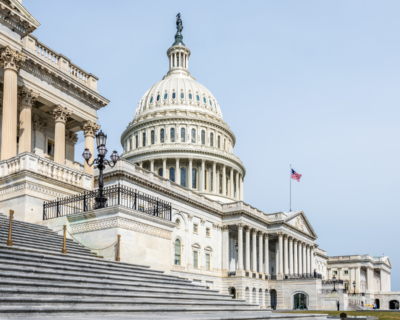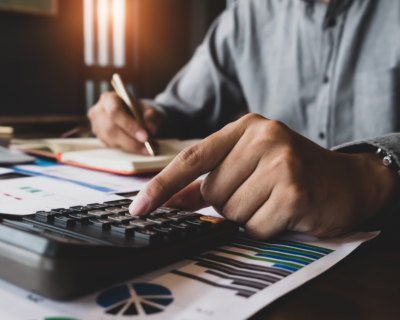One in Five Louisianans Live Below The Poverty Line
Louisiana has the second highest rate of poor in the country according to new Census data
NEW ORLEANS, La. – One in five Louisianans live below the poverty line, the highest level since 1995, according to data released by the U.S. Census Bureau.
The report states that 21.6 percent of Louisianans are living in poverty, the second highest in the country, while the average household income has decreased 13% since 2009.
According to Trudi Renwick, chief of the Census Bureau’s poverty statistics branch, the number of people who did not work at all last year was the “single most important factor” causing the spike in poverty.
 At 15.1 percent, the U.S. poverty rate is at its highest level since 1993, despite nearly $800 billion in stimulus spending and two rounds of quantitative easing by the Federal Reserve.
At 15.1 percent, the U.S. poverty rate is at its highest level since 1993, despite nearly $800 billion in stimulus spending and two rounds of quantitative easing by the Federal Reserve.
Poverty has increased faster from 2007-2010 than any three year period since the early 1980s, and the number of people living in poverty is at its highest level since the Census Bureau began keeping track in 1959.
Although the data is troubling, critics say that the way the government calculates poverty is outdated, leading the Census to experiment with an alternative poverty threshold based on recommendations from the National Academy of Sciences (NAS).
Since the Lyndon Johnson Administration began measuring poverty in the 1960s, virtually no changes, besides factoring in inflation, have been applied to calculating poverty.
Two new measures of poverty developed by the NAS factor in benefits of public assistance, cost of payroll taxes, transportation, and health-care expenses, along with the impact of geographic differences.
 One measure (NAS1) is adjusted to the Consumer Price Index, while the second (NAS2) is based on the Consumer Expenditure Survey – the average for consumer spending on food, clothing, utilities and shelter by those at the 33rd percentile of income.
One measure (NAS1) is adjusted to the Consumer Price Index, while the second (NAS2) is based on the Consumer Expenditure Survey – the average for consumer spending on food, clothing, utilities and shelter by those at the 33rd percentile of income.
When using the Consumer Expenditure Survey based rate, Census researchers found that current calculations understate poverty.
Cato Institute economist Dan Mitchell contends that Johnson’s War on Poverty exacerbated the poverty problem.
He claims that if you look at historical poverty data, the poverty rate was falling throughout the first half of the 20th century, when the federal government provided almost no means-tested programs, until Johnson declared his War on Poverty, which caused the poverty rate to flat-line.
“The War on Poverty, which has required the spending of trillions of dollars, turns out not to have been a good idea for taxpayers, and also it turns out it hasn’t been a good idea for poor people.”
In addition, a controversial study released by the Heritage Foundation claims that the poor in the U.S. have higher standards of living than other developed countries.
 According to the study, those categorized as living in poverty in America often own an air conditioner, a refrigerator, satellite television and a microwave, among other amenities.
According to the study, those categorized as living in poverty in America often own an air conditioner, a refrigerator, satellite television and a microwave, among other amenities.
“The home of the typical poor family was not overcrowded and was in good repair. In fact, the typical poor American had more living space than the average European.”
Poverty is defined as making less than $22,113 per year for a family of four with two children, and $11,344 for a single adult younger than 65.
Nearly one in six Americans are living in poverty, the highest of any major industrialized nation.
Adjusted for inflation, the median U.S. income dropped by 2.3 percent to $49,445. The largest income decline was by young people between the ages of 15 to 24, while the second largest decline was for households in the 45-to-54 age group.
Renwick contends that the poverty rate would be much higher if households had not doubled up over the last 4 years, and states that if people ages 25 to 34 living with their parents depended on their own income, close to half would be classified as poor.
Although all generations experienced a decline in median income, the elderly experienced the slowest poverty rate increase, largely due to cost of living increases to Social Security recipients in 2007 and 2008.
The poverty rate grew for all races, except Asian-Americans, and was highest for African-Americans and Latinos, at about 27 percent each.
Robert Ross is a researcher and social media strategist with the Pelican Institute for Public Policy. He can be contacted at rross@pelicanpolicy.org, and you can follow him on twitter.





